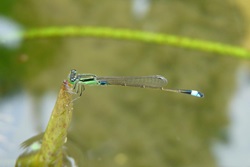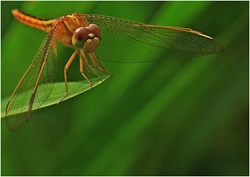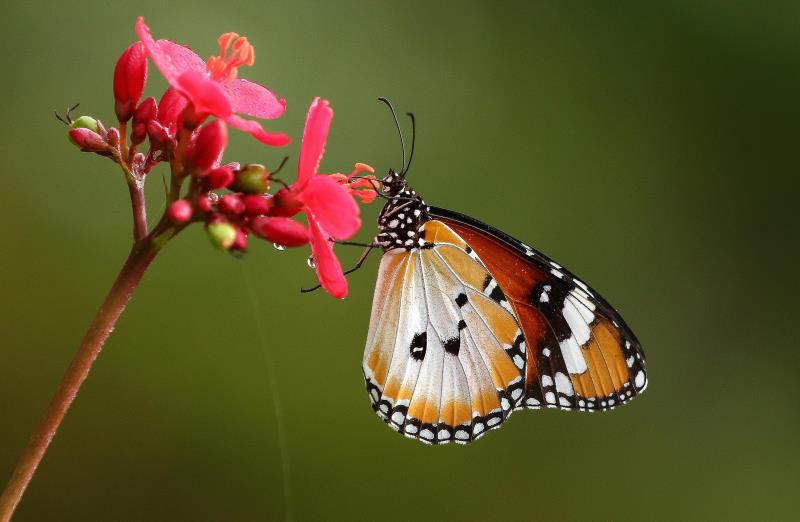Damselflies and dragonflies belong to the order Odonata and are known collectively as odonates. Adult odonates have many adaptations that make them great fliers and fierce predators of smaller insects, including other odonates, such as:
- Large, well-developed compound eyes adept at tracking small movements;
- Two pairs of transparent wings attached at the thorax that can move independently of each other, allowing them to move in many directions when flying; and
- Legs which have adapted to form a basket to catch prey.
|
|
Odonates start their life in water. Even when young, odonate larvae, called nymphs, are fierce predators of small prey like fish and other aquatic invertebrates. Damselfly nymphs are slender with 3 gills on their tails, whereas dragonfly nymphs are short and thick, with gills inside their abdomens. They moult (shed their exoskeleton) 8 to 15 times before leaving the water to become adults.
|
|
Habitat enhancement efforts include incorporating spaces such as Neram Streams, a naturalised drainage system leading to Jurong Lake, in our parks and gardens. As the streams are a suitable habitat for the nymphs, many species of odonates can be seen in Jurong Lake Gardens. Click below to find out more!
 Damselflies Damselflies |
 Dragonflies Dragonflies |
Banner: Yellow-barred Flutterer. Photo credit: Ruth Tan (NParks)







